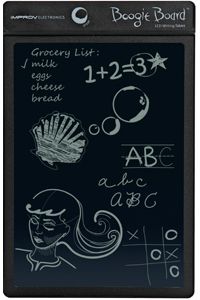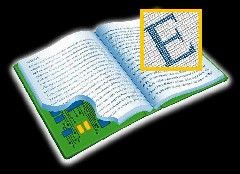
Back in 1975, Businessweek ran an article about the office of the future. The article predicted that the typical office worker would have a work computer by 1995. That prediction was pretty much spot on. But some of the people interviewed for the piece disagreed about whether we'd manage to get rid of paper in the office. Now more than 30 years later, it's clear that going paperless can still be a challenge in the electronic age.
One possible reason for paper sticking around long after we've developed computers, electronic databases, smartphones and tablets is that it's convenient and versatile. Although typing up a document on a computer and storing it electronically may make more sense than generating a paper trail, simple tasks like taking notes or filling out forms tend to be easier with paper. That's where e-writers come in.
Advertisement
A basic e-writer is a device upon which you can jot down notes by writing on the screen itself. Depending upon the implementation of the tablet, you may have to use a stylus or you may be able to use your finger. Many e-writers have handwriting-recognition software that translates handwriting into plain text.
The idea isn't a new one, but it's taken some time for technology to advance sufficiently enough for the devices to be useful. Could e-writers finally close the book on paper?
Advertisement


